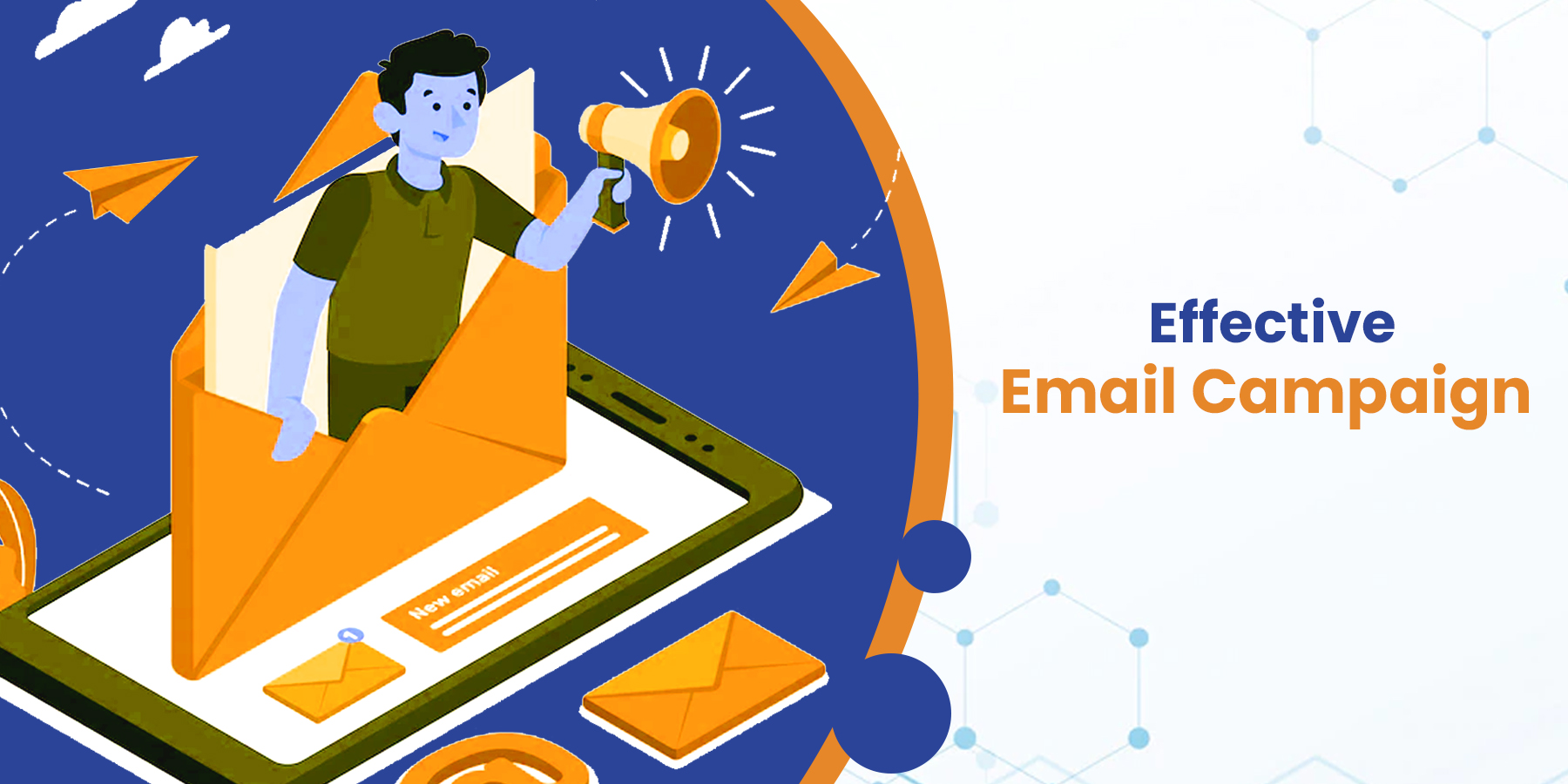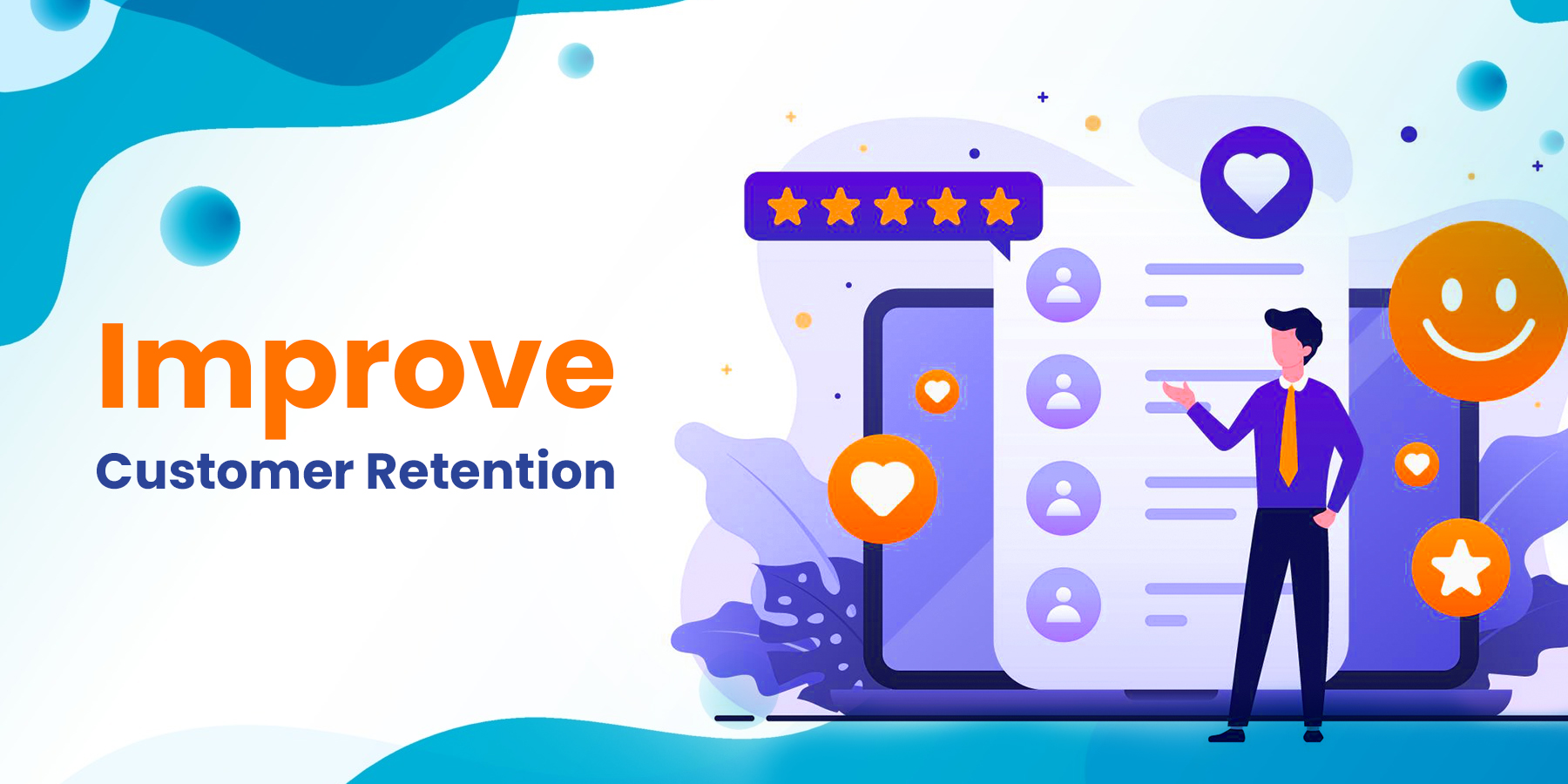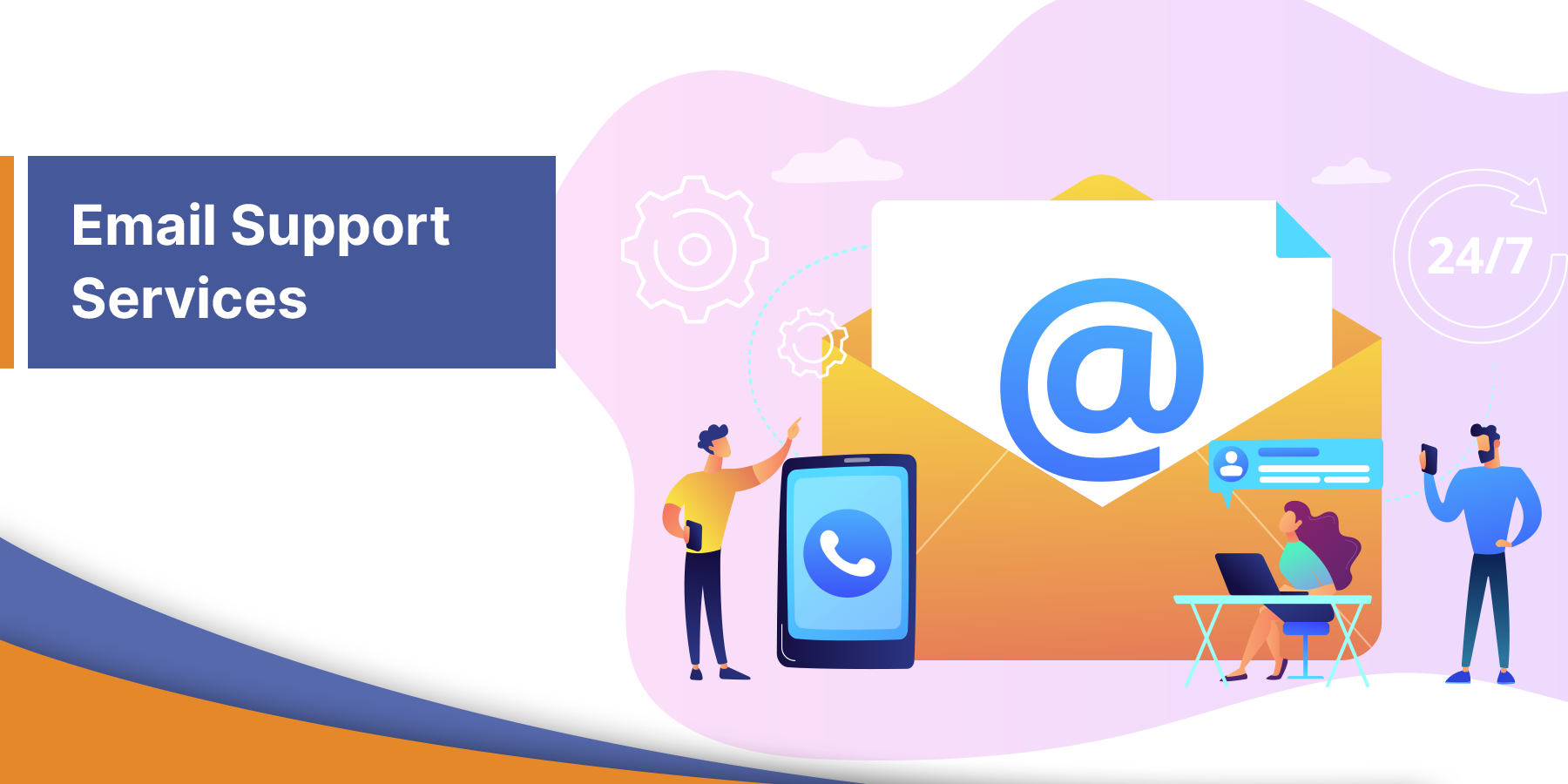
Are cold emails effective? Can they get results? I mean, isn’t sending someone an email too impersonal?
Cold emails generate fewer response rates than other methods, such as social media marketing or paid ads. That said, cold email campaigns can be useful to businesses that want immediate customer feedback.
You can always send out a generic template if you don’t have much time to craft a well-written message. However, since cold emails aren’t automated, you must write personalized messages for each recipient. This involves collecting enough information about them (their name, company name, job title, etc.) before you contact them.
Today, let’s discuss how to create an effective cold email campaign that gets results!
5 Strategies to Create an Effective Cold Email
A few formulas give effective results when used in cold emails. Here are the five strategies you can use while crafting complex sales emails that get responses,
1. AIDA (Attention-Interest-Desire-Action)
Most of the time, emails used for sales outreach follow the AIDA structure. Attention-Interest-Desire-Action is what it stands for.
Attention: Focusing on the prospect’s top worries can help capture their attention.
Interest: Showing the prospect how other businesses profited from your product or service may help pique their interest.
Desire: Bring about the urge in the potential customer to check out your goods or service. There are various methods to achieve this.
Action: To clarify what you want the prospect to do next, include a CTA in the email for support. The potential can go wherever you want it to.
2. BAB (Before-After-Bridge)
BAB, or Before-After-Bridge, stands for. The BAB formula is one technique to elicit pleasure since humans tend to base decisions on pleasure and pain.
Before – Show the issue at hand
After – What would happen if the problem was solved?
Bridge – Presenting your product as the answer
3. PAS (Problem-Agitate-Solve)
Problem-Agitate-Solve is also known as PAS. Although this framework’s structure is quite similar to BAB’s, its vital distinction is that it concentrates on suffering. You demonstrate your understanding of the prospect’s problems, and they will respond by choosing your product as a remedy.
4. MIP
The following are included in the MIP framework:
Talk about their product
Enthusiasm for your goods
Act with a little push
When the prospect utilizes a rival brand’s product, you may still apply the structure above. You must highlight the advantages of your product and demonstrate why it is a superior option to the one they are currently using. A clear CTA should also be included in your email for support.
5. 3P (Praise-picture-push)
The prospect will read your email for support all the way through if you thank them for their accomplishments. Start with honest praise, then demonstrate the benefits of your product to the potential customer. The last stage would be to gently pressure the prospect into taking action.
Guidelines For Drafting Cold Emails That Get Results
Writing vital cold emails is essential to sales. The strategies and techniques you must employ to draft cold emails that elicit answers are listed below.
1. Recognize Your Prospects
You must conduct some research before you begin composing cold emails that elicit answers. The objective is to learn about their company and ascertain their preferences. You may customize a cold email to the prospect to boost your chances of getting their attention and ultimately completing the sale.
Google, social media platforms like Facebook, Twitter, and LinkedIn, as well as websites, blogs, and press or media releases, are all good places to conduct research. With the Internet, you can easily get information on businesses and professionals nowadays.
2. Understanding the Needs of Your Potential Customer
Sales representatives frequently try to send a large number of generic emails in the hopes that they would at least receive some answers, but it is not the best strategy. Your email will be deleted if you don’t comprehend the prospects’ thoughts.
Your email should contain a hint of empathy since you need to sell to people, not to the corporation. The receiver is an individual whose emotions are important in influencing purchasing choices. 95% of all purchases are made without conscious thought.
You must explain in your email how the receiver will directly benefit from your product or service. You must demonstrate how your good or service may help them with workplace issues. Additionally, be sure to provide them with something worthwhile to help you stand out from the numerous generic emails that receivers get.
Finding out the individual you are cold emailing the process with will be helpful. Each professional has unique issues; your email is not one of them. Knowing their schedule will enable you to time your email to coincide with it, increasing the likelihood that you’ll hear back.
3. Create a Compelling Subject Line
The most important aspect of your email is its subject line; thus, you must carefully consider them. The receiver will glance at it first when reading your email. The receiver chooses whether to open the email based on the subject line and if they opt not to read your email, there is no possibility that they will conduct business with you.
Make your subject line stand out in the recipient’s crowded inbox to attract their attention to your email. It must be striking enough, and the following can help you achieve that goal:
Personalization: By making the subject line more appealing to the prospect, you will increase the likelihood that they will open the email.
Creating Interest: This strategy produces outstanding outcomes. Humans are naturally interested, so you may take advantage of that to get them to read your email.
Including Humor: People enjoy being made to laugh, and this strategy generally succeeds.
Feeling of Urgency: The receivers are likelier to click on an email if the subject line evokes a sense of urgency and fear of missing out (FOMO).
4. Concentrate on the First Line
Before the receiver even opens the email, the subject line is crucial in grabbing their attention. This is because the first line frequently serves as a preview beneath the subject line in the inbox when the receiver decides to open the email or not. You must thus exert greater effort as a result.
Although an introduction is necessary, the prospect won’t remain interested in a generic “Hi, my name is” opening. I noticed you provide telecom services in Seattle, so I thought I should introduce myself. It sounds a lot better. You need to be aware that an attention-grabbing subject line might compel the reader to read the body of the email.
5. Be Careful to Include Social Evidence
By highlighting other people or businesses you have worked with who achieved outcomes in your sales emails, you are attempting to establish your credibility. With social proof, you may become more than just another salesperson and establish a relationship of trust with the customer. Your email will probably have less impact even if you pay attention to every little detail but fail to include social evidence.
Conclusion
Businesses frequently utilize cold email marketing as a successful approach to connecting with potential consumers. You need to identify your weaknesses if your emails aren’t receiving enough feedback.
Writing cold emails that get results requires much effort, as seen in the examples above. Writing emails that elicit answers and distinguish the outreach effort is more of a talent that salespeople need to acquire. You may get fantastic cold email marketing results if you use the proper strategy. It would be beneficial if you sent cold emails that generate answers because the goal of every business is to close more transactions and increase income.








